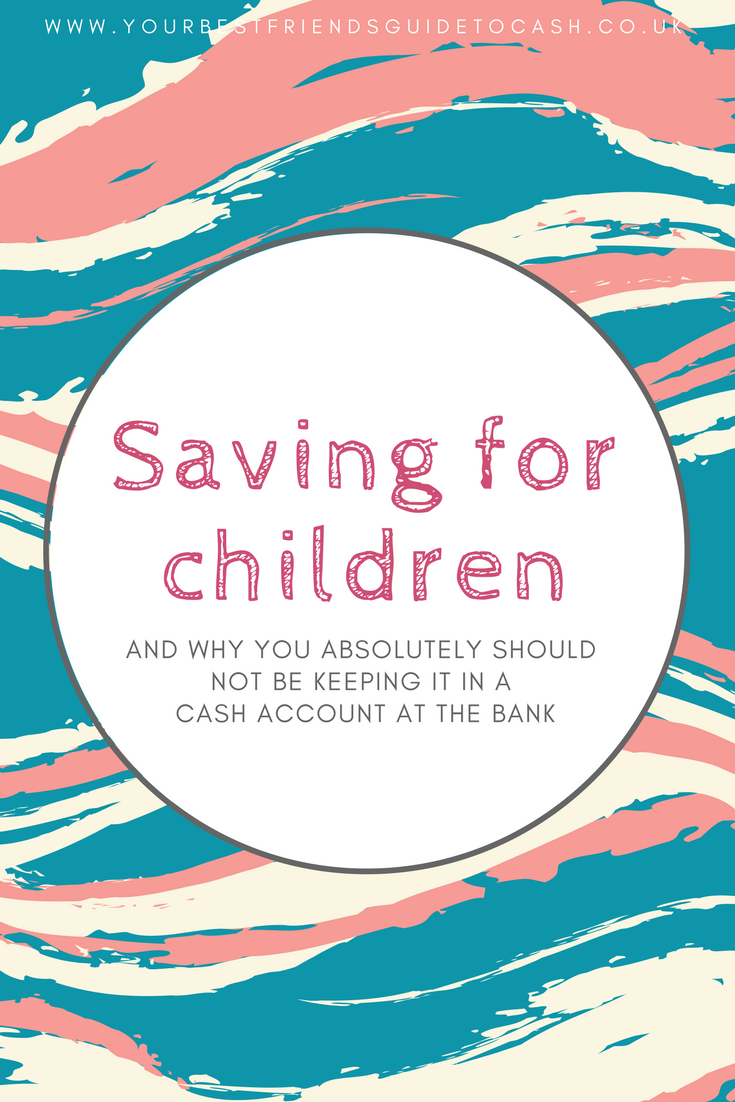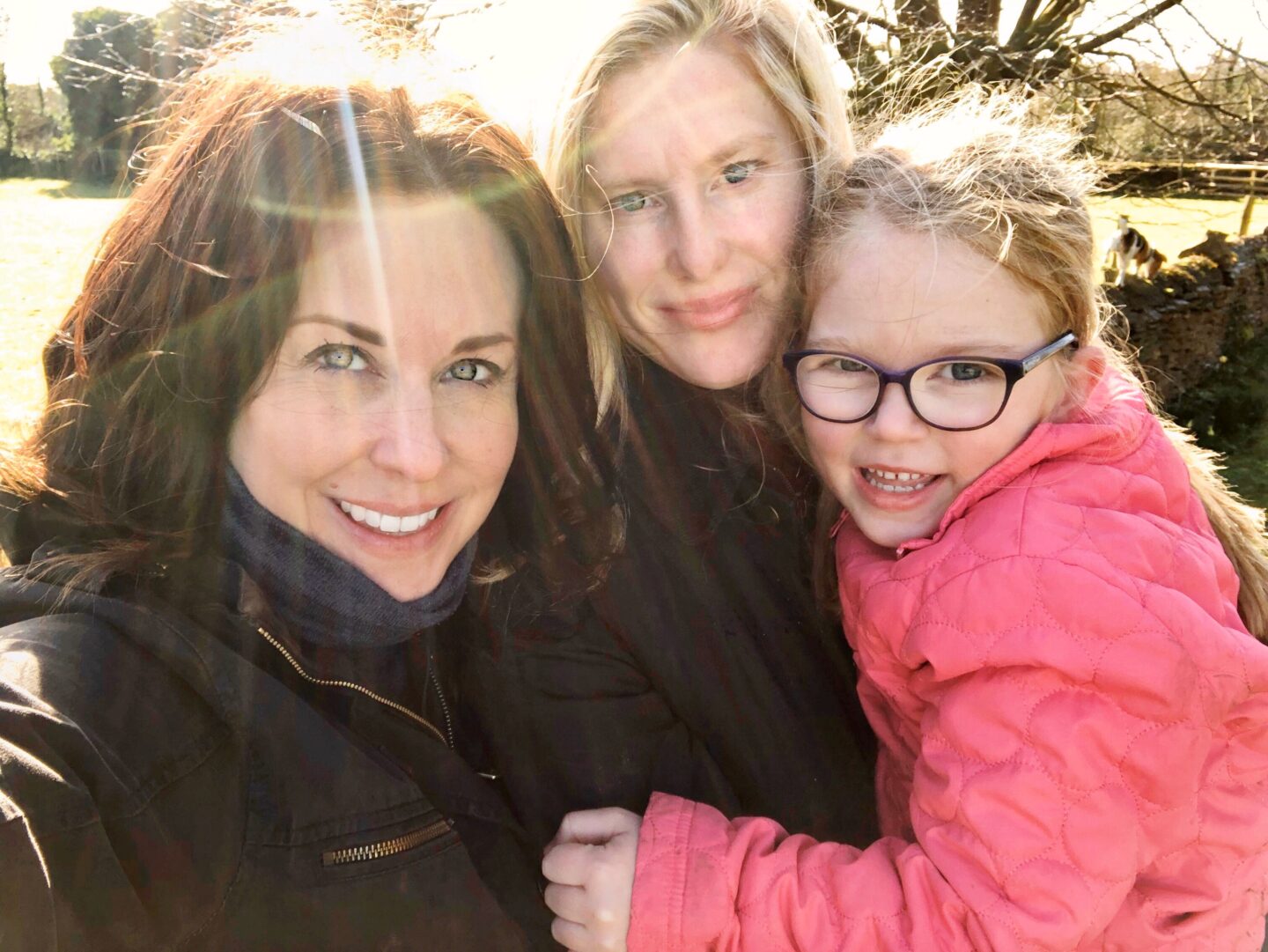
When my daughter Audrey was born in 2013, my life suddenly changed.
But while I had anticipated a huge shift in my social life and my sleep pattern, I never predicted that Audrey’s birth would be the catalyst that caused me to invest in the stock market for the first time.
You would think that I have been all over the stock market given my career as a financial journalist, but at that time, other than my pension, I never seemed to have money that I wanted to lock away for five to ten years.
There was always something to save for that was more immediate, whether it was a house deposit, a wedding or renovations.
When I became a parent, my outlook on the future changed – and my savings habits! – I started thinking about helping Audrey get a head start when she flew the nest.
And nearly nine years’ later, it’s coming faster than I ever thought it would.
But I’ll be honest, rather than simply raising her to be kind, confident and clever (and wow! She is!), I knew that cash was a good place to start and I took the leap and started investing on her behalf.
It’s been nearly nine years, and believe it or not, her funds have grown in value by more than 29 percent (33 percent and 26 percent respectively) – not bad going for a beginner if you ask me.
And definitely better than what you’d get in a cash Junior Isa given inflation hit 5.5% in January, its highest rate since 1992, with the Bank of England expecting it to reach around 8% this spring and possibly “even higher” later in the year, before falling again in 2023 and 2024.
Had I popped the money into a cash Junior Isa rather than stocks and shares, pitiful savings rates and the corrosive effects of inflation would mean a guaranteed loss over the many years I would be squirrelling away for her future.
With savings rates at record lows and inflation rising to 5.5% in January, there’s currently no Junior Isa Cash Account rates that high enough to protect your cash from being gradually eroded over time.

WHAT I’M DOING FOR MY DAUGHTER
In 2013, I opened a Junior Isa (Jisa) at one of Britain’s biggest investment firms, Hargreaves Lansdown, and invest monthly on Audrey’s behalf via a standing order.
A Junior Isa is a tax-free savings account aimed at children under the age of 18.
Parents or children can save up to £9,000 a year into an account, and the child is able to withdraw the money from the age of 18.
A Junior Isa is a great way to save for your child, but be aware that no bank or savings provider is offering an interest rate that matches inflation – that’s where stocks and shares come in.
Each month, the money from my standing order (if you wait to save until the end of the month, there’ll be nothing left. Amma right?!) goes into two funds; Artemis Global Income and Jupiter UK Smaller Companies due to their exposure to long-term growth assets and proven track record over a market cycle.
I liked the fact that the funds paid an income which I chose to automatically accumulate, buying more units and harnessing the power of compound interest.
IS IT WORTH THE RISK?
Yes, I know what you are thinking – what if I lose the money?
But I’m realistic: I know that one can lose money on the markets and as every disclaimer points out, share prices can go down as well as up and past performance is no guarantee of future returns.
But, when I set up Audrey’s investment Jisa, I knew that the money I put in wouldn’t be spent until she was at least 18 (later if I have anything to do about it) and I’m comforted by the fact that, over the long term, you are unlikely to lose money in the stock market.
Had I opted for a cash Jisa or a children’s fixed saver with an interest rate of anything less than inflation, the balance would have shrunk in real terms – and over time, this would deal a devastating blow to the overall amount.
Figures from Investec show that parents who put £5,000 in a lump sum into a child’s cash savings cash account between January 2004 and December 2016 would have ended up with just £6,571.
However, they will have lost their child purchasing power by 2.3%.
In other words, their £5000 was worth £4,885, when adjusted for inflation.
Now what was that about losing money?
WHY ARE MOTHERS RELUCTANT TO INVEST FOR OUR KIDS?
So much of parenting is risk management, so it’s hardly surprising that figures from Natwest show that 83 percent of parents have opted for what seems like the safest option for their JISA: cash.
But you have made it this far into this blog post, so you are already off to a cracking start.

DON’T ASSUME YOU HAVE TO BE LOADED TO INVEST
Don’t assume that you must be rolling in the dough to put aside money each month to invest, although many parents think the opposite: most women believe that they need thousands of pounds a month to dip their toe into the stock market, according to a poll by Boring Money, an investment website.
In fact, online investment firms such as Beanstalk doesn’t even require a with minimum monthly contribution for their Stocks and Shares JISA.
To make saving a habit, sometimes all it takes is changing when you save.
Forget using the money left over at the end of the month to allocate to savings because, as a parent, you rarely have any left.
Instead, make saving a priority and set up a direct debit that leaves your account immediately after you get paid, making saving for your children one of your fixed expenses.
Alternatively, make saving easier by opting to round up your shopping to the nearest pound or paying in cashback.
Beanstalk is a Junior Isa manager that lets you add cash whenever you like and doesn’t require an upfront contribution or a regular commitment to open an account.
Fees are 0.5 per cent a year, plus annual fund fees of between 0.12 and 0.15 per cent.

HOW TO GET STARTED
Setting up a Jisa is easier than you might think.
First, choose an investment firm to suit your needs – and your appetite for interaction.
For beginners with smaller sums to invest, Hargreaves Lansdown is worth a look.
Admittedly, it can be one of more expensive firms with it’s own charges on top of the fees charged by the investment funds you choose – but its website is easy to use and provides practical information to help you get started. What’s more, it is well known for top-notch customer service.
Fidelity Personal Investing is also well suited to first-time investors as it offers comprehensive guidance and offers lower charges.
While Vanguard is even cheaper, but you must put in a minimum of £100 per month, which might put some first-timers off.
Once you register, sign up for a Junior Isa, a tax-free vehicle in which to hold your investments.
Anyone can pay into a junior Isa, up to a maximum of £9,000 in the 2021-22 tax year – there’s no personal income or capital gains tax to pay on any growth.
if you take the leap and dip your toe into the stock market, if it feels too stressful, you can swap the Jisa back into a cash account.
CHOOSING A FUND
Choosing which funds to choose can feel an overwhelming task – trust me, I know.
But I was lucky that one of my daughter’s godmothers works in investment and she helped me with the decision-making process.
But in case you don’t have an Emma to ask for help, and as you know, I’m not qualified to legally provide you with financial advice, Hargreaves Lansdown has a handy tool to help.
And the good thing is, if you take the leap and dip your toe into the stock market, if it feels too stressful, you can swap the Jisa back into a cash account.
A WORD OF WARNING
As with most things financial, there is always an element of risk involved and investments can go up as well as down.
What’s more, with a Junior Isa, once money is invested – whether in cash or stocks and shares – it belongs to the child: which means that you can’t get it back it, no matter how much your need the money.
What’s more, once your little darling turns 18, you will have no say how the funds set aside are spent.
While you might want it to go towards university fees, your child could well have other ideas.
After all, ask yourself what your teenage self would have done with a nice little lump sum?
My plan is to start laying the groundwork on this one early.
Follow me on social media